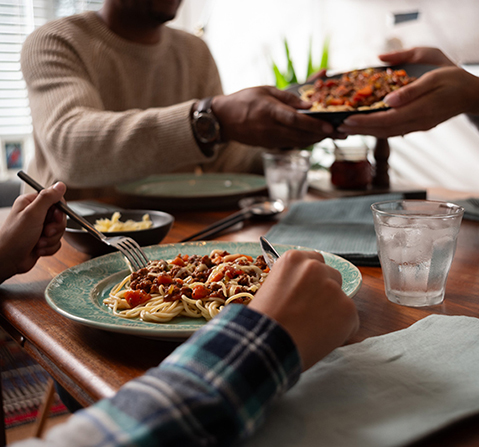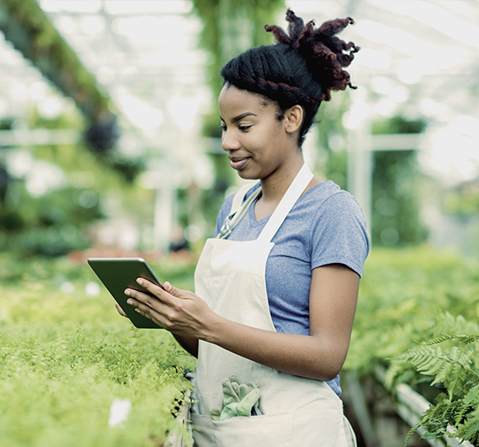From distributing food baskets to upcycling by-products, Jonathan shows his commitment to reduce food waste
Despite our best efforts, food waste remains a significant social and environmental problem that persists year after year. It can take many years of research and development to find a sustainable method of reducing food waste, and not everyone has the vision to tackle it. Enter Jonathan Rodrigue. It was this vision that led the Still Good co-founder and CEO to where he is today. Thanks to upcycling business models like his, it’s now possible to offer a second life to food that would otherwise end up in a landfill.
Passion turned to mission
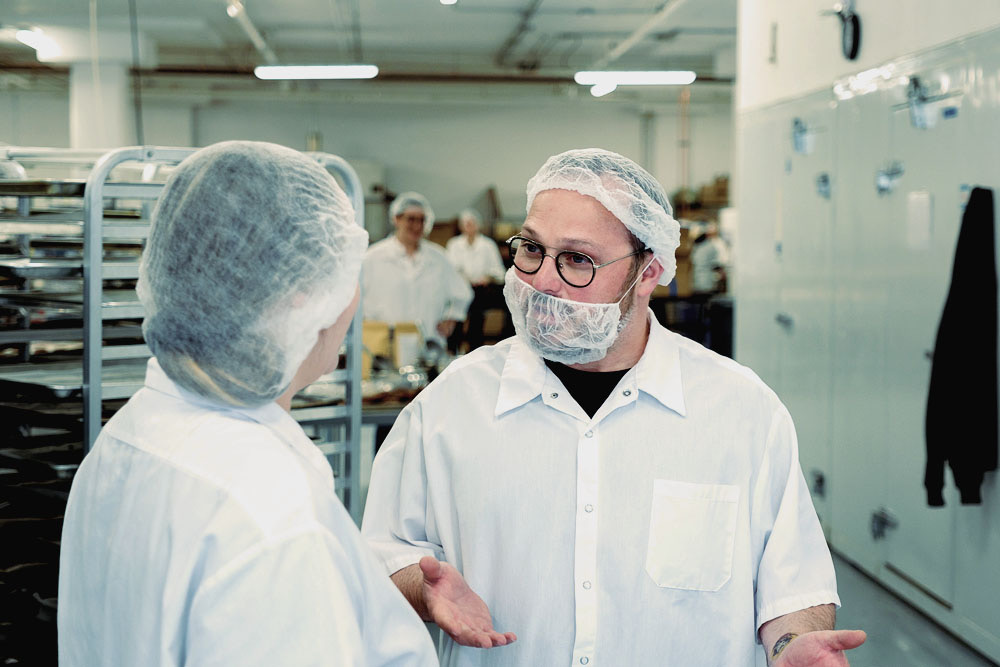
Jonathan has always been drawn to the cause of food waste reduction. As a young adult, he volunteered for non-profits helping to feed those in need. It wasn’t long before he realized that the donated items were surplus or excess foods that businesses would normally toss out. This didn’t sit right with Jonathan. Why were tons of good food being sent to the landfill while thousands of people go hungry in Canada? This led him to work with food processors, retailers and other businesses who were looking for solutions within their operations to reduce their food waste.
Sometime later, Jonathan saw an opportunity appear before his eyes: upcycling by-products discarded by food processors. This led him to take the issue into his own hands. He gathered a research and development team to brainstorm ways to turn the food industry’s by-products into consumable products. The creation of his start-up Still Good was about to take place on the battlefield of food waste.
Learning on the go
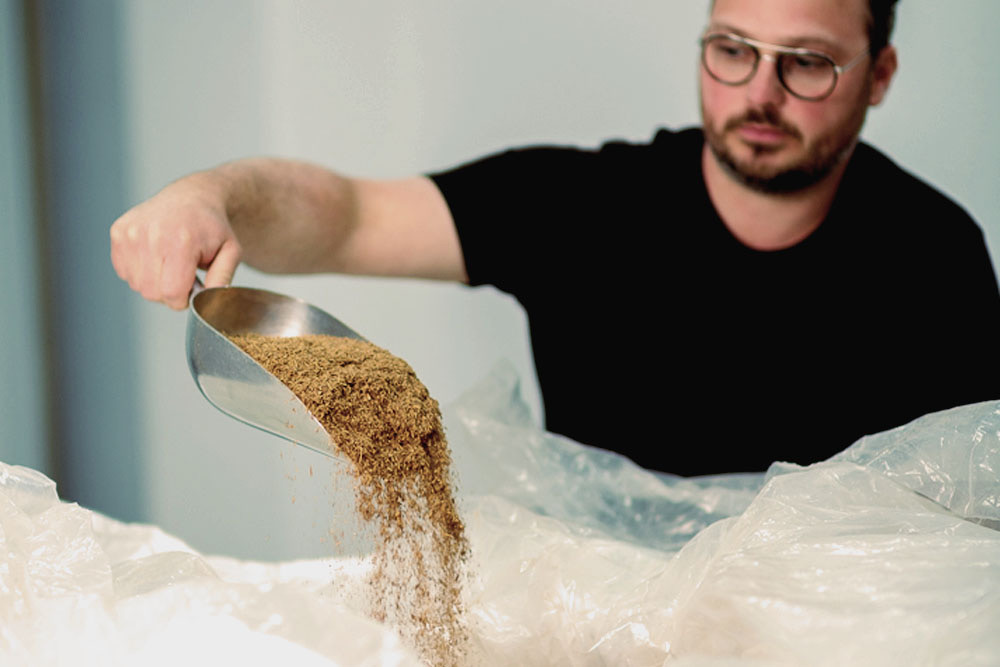
Not long after Still Good was created, the City of Montréal approached Jonathan for a solution to a pressing issue. Microbreweries in the city were on the rise, and managing their by-product of spent grains was becoming a problem: they smelled bad and attracted pests. Even though Still Good was in its development phase, Jonathan felt this was the perfect opportunity to learn on the job. Still Good agreed to rise to the challenge, while testing its business model in real time.
A cookie for change
So what could be done with all this spent grain? Upcycle it into flour, of course! Jonathan worked with his team to develop a process that would transform the spent grain into a high quality flour that could in turn be used to make other food products, like cookies. Still Good came up with its signature cookie recipe and it became a conversation-starter to showcase what can be done with ingredients made from upcycled products. Many businesses were unaware of the potential in upcycling by-products, so Jonathan saw he also had a role to play in educating them on the benefits.
“We don't just bring environmental value to companies, we work in partnership with them to bring economic value,” Jonathan explains. His model saves food processors the costs associated with disposing of by-products and finds new uses for them. This involves transforming them into new ingredients to be used in a new product to sell.
Since its start, Still Good has come a long way. Increasing their operations to other by-products, they have transformed, rescued, and recovered a total of 3.6 million pounds of spent grain, fruits, vegetables and their pulp, as well as other various grains. They have also included other sustainable practices in their business model, such as acquiring fully electric vehicles for transportation and deliveries, using only electric power rather than fossil fuel in their operations and packing their products in 100% recyclable material. They are also committed to giving back to the community by supporting charitable causes like breakfast clubs.
Jonathan feels he has finally achieved his goal of contributing to the circular economy ecosystem in Montréal. What’s next? His plan is to bring his business model to other Canadian cities.
Still Good is a grand prize winner of the Business Models Streams for the Food Waste Reduction Challenge.
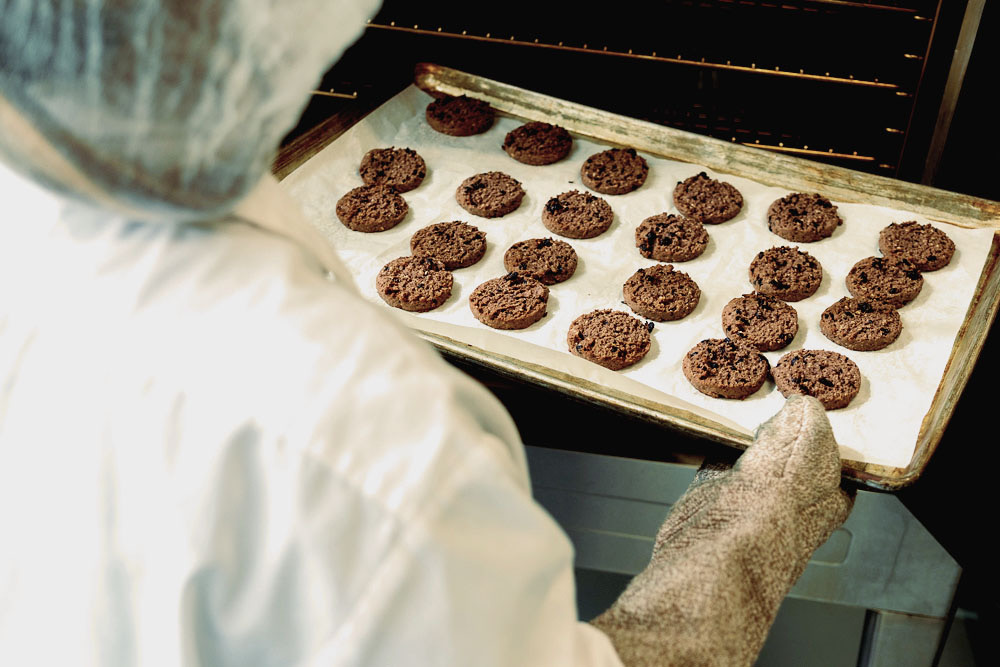


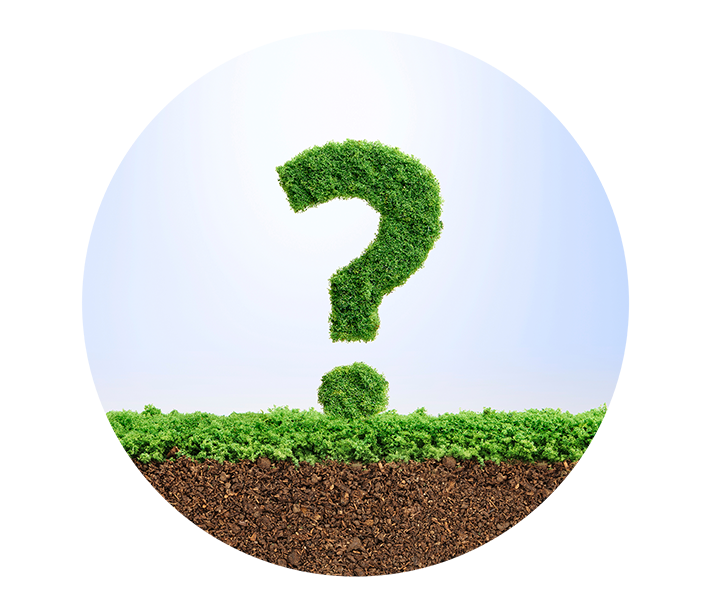
What is a by-product?
In the food industry, a by-product is what is left over as a result of processing activity. For example, pulp from the skin and flesh of fruits is a by-product of making juice.


